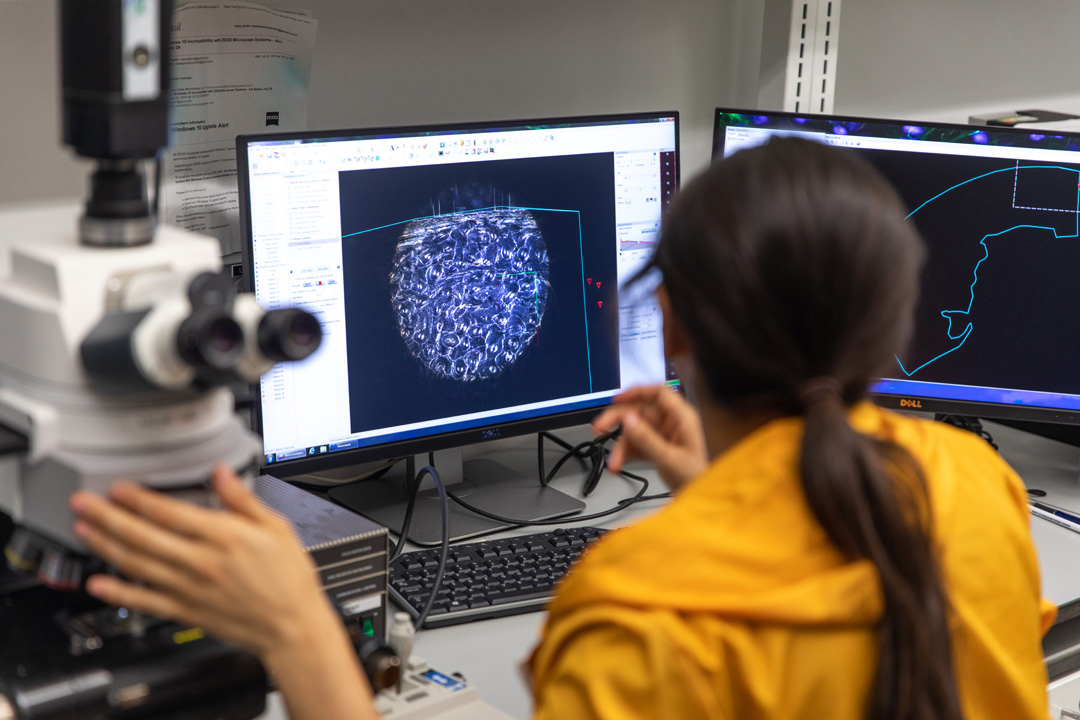Life History and Skeletal Biology
Primates and other organisms show considerable diversity in life history strategies - or the ways in which they invest in growth, reproduction and survival to maximize reproductive success over the course of their lives. This is reflected in such traits as age at weaning, body size growth rates, fertility and life span. What ecological, social and biological factors shape variation in life history strategies? How do trajectories of growth and maturation in humans compare to those of our primate relatives? Finally, what retrospective information do bones and teeth reveal about primate life history strategies, as well as the biological, social and ecological contexts shaping variation in these strategies today and over evolutionary time frames?
In our lab, we approach these and other questions through two main lenses: (1) observational studies of individually-known primates from several long-term study sites in the wild, and (2) focused hard tissue examinations of naturally accumulated skeletal remains from these same populations. By integrating developmental, behavioral, ecological, physiological and hard tissue datasets from well-documented populations, this offers unique opportunities to bridge studies of primate life history in both modern and past contexts, and thus contribute towards a more comprehensive understanding of primate life history evolution.
Lab Director



